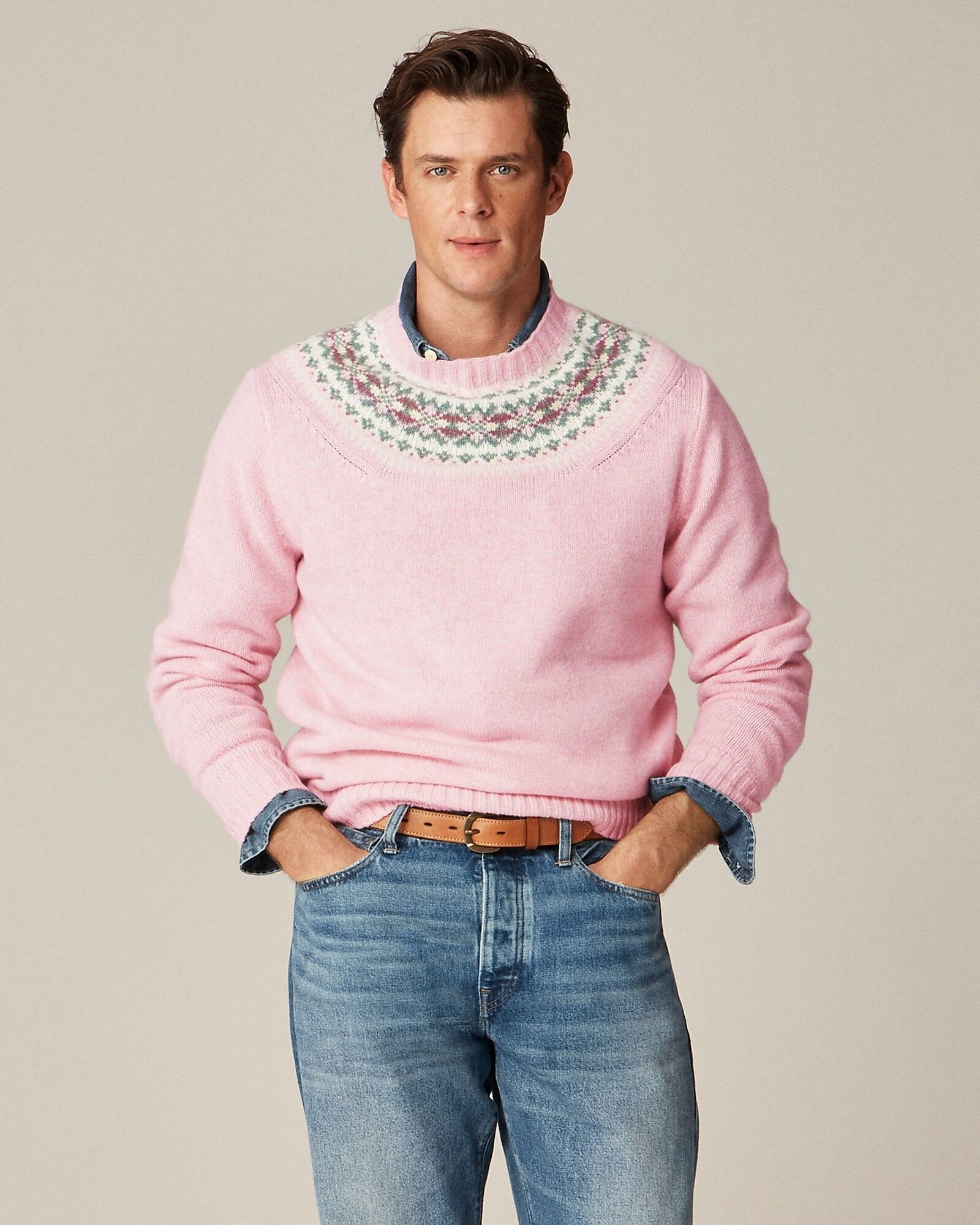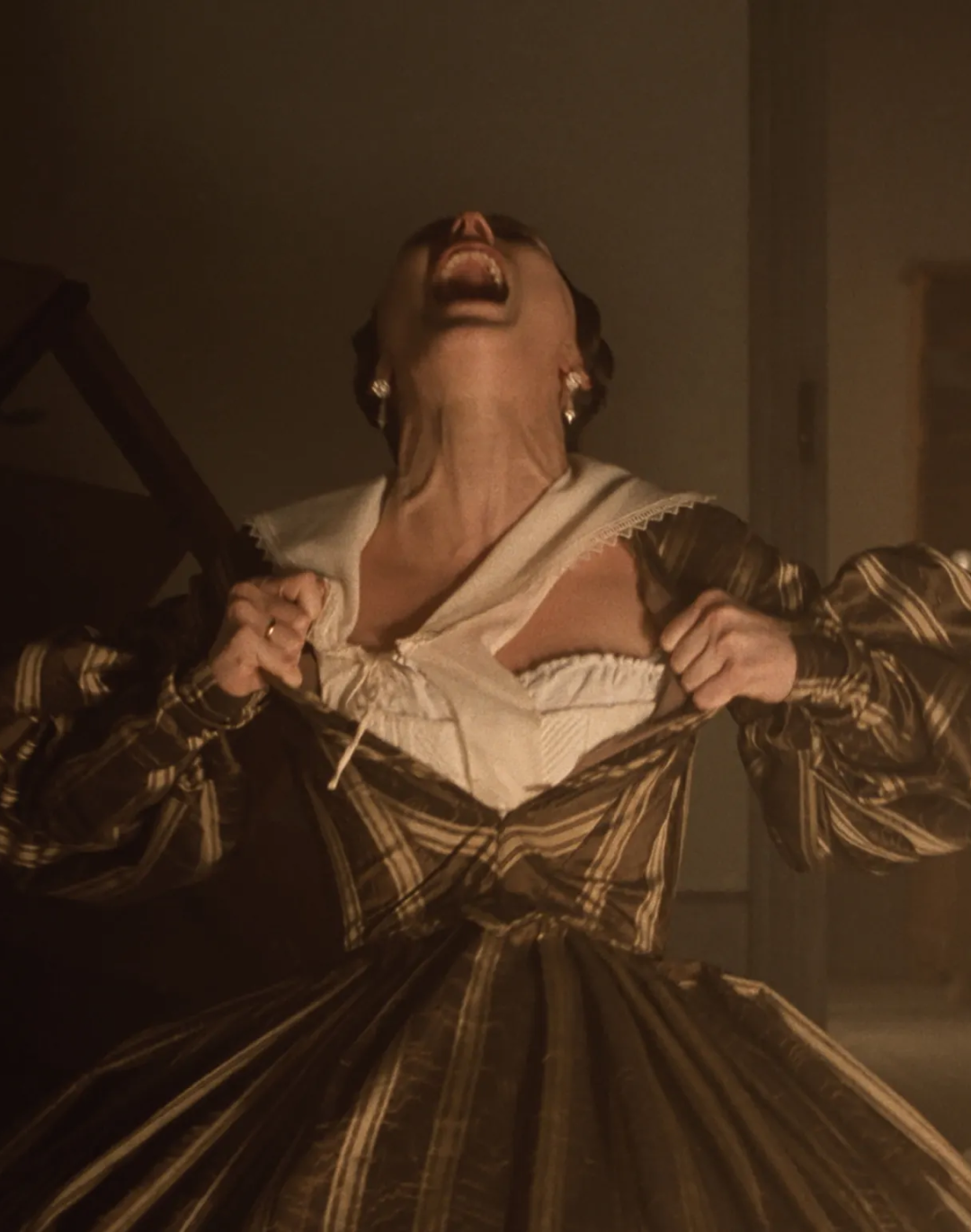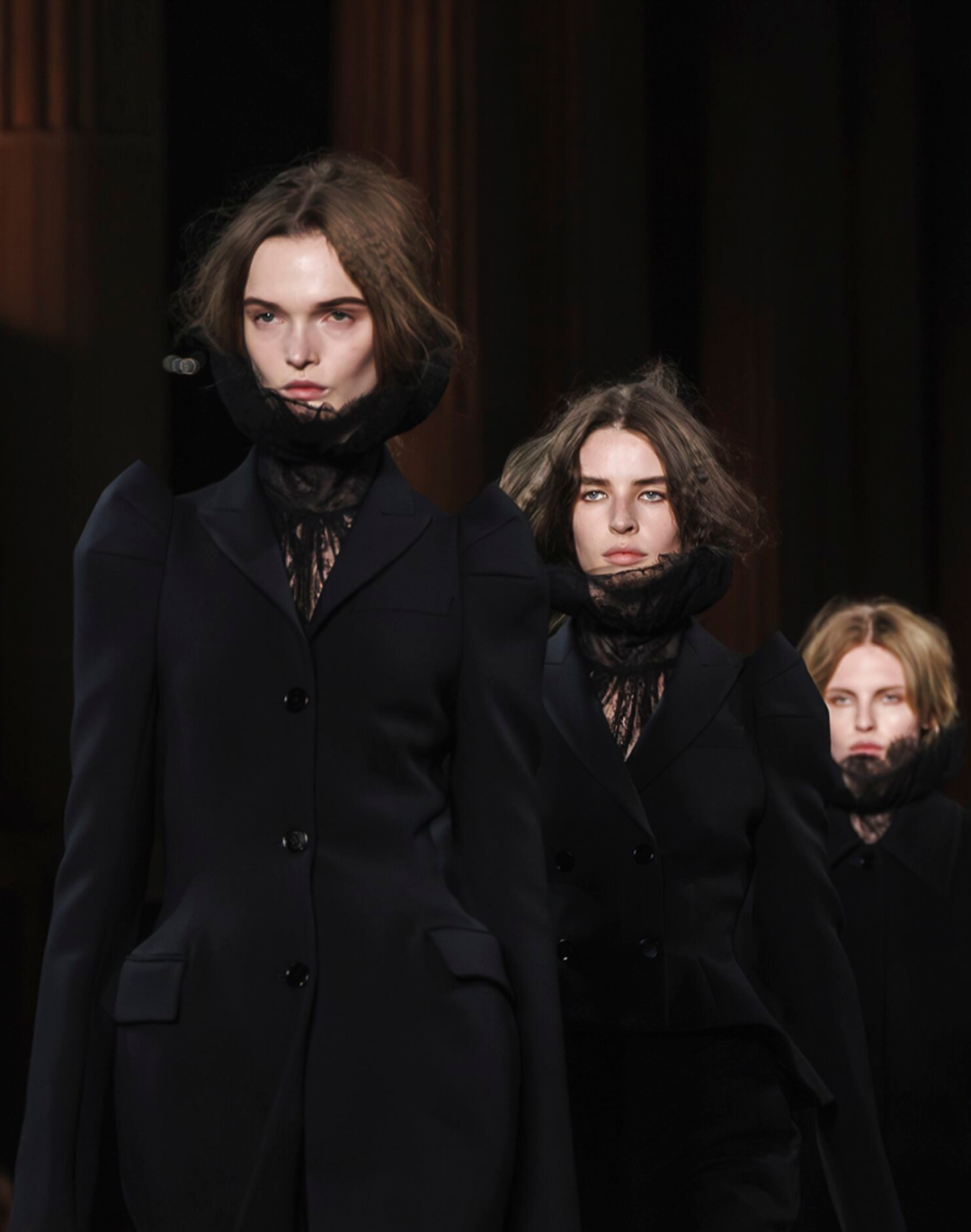
What do we want from fashion in 2024? For Karla Otto and CTZAR, we have entered the era of "Permacrisis"
We live in dark times, at least according to the new report by Karla Otto and CTZAR entitled Marketing in a World of Paradox , which defines the new reality of the world as 'Permacrisis'. This phase, following the crisis and the subsequent recovery period, presents a complex landscape characterized by geopolitical tensions, cultural changes, and economic fluctuations that have led to a profound change in consumer behavior and expectations. Today, consumers find themselves oscillating between ecological concerns, economic constraints, and strangely indulgent lifestyles, seeking authenticity in a digital era where everything is irreparably falsified or mystified and embracing nostalgia as the only form of comfort. The hallmark of this era, according to the report, is contradiction: on one hand, there is a greater awareness of ecological issues and a desire for sustainable living; on the other hand, there is a preference for luxury and indulgence amidst financial uncertainties. A paradox further complicated by the increasing influence of technology, which offers both connectivity and isolation. In this scenario, fashion brands must navigate these conflicting desires while establishing trust and authenticity in their relationships with consumers.
How Consumers Have Changed
@nssmagazine Fashion month is over! Take a look at some of the best street style looks we saw in Paris. Which one is your favourite? #streetstyle #fit #fitcheck #inspo #style #paris #fashionweek #fw24 #pfw #pfw24 #parisfashionweek #fashiontiktok #tiktokfashion original sound - nss magazine
The study cites Edelman's Global Trust Barometer 2023, a document that highlights the changing dynamics of consumer trust, with consumers seeking authenticity, responsibility, and empathy in the communication and behavior of various brands - all elements that were perhaps taken for granted before but now take on new and more important nuances. If once brands promised excellence and elegance as sole foundational values, today fashion must act as a "psychologist" for the public, addressing anxiety, fear, and loneliness as well as the various emotional vulnerabilities of increasingly deprived and connection-starved consumers. The report identifies four drivers influencing audience behavior in 2024: the first is geopolitics, which, amidst ongoing conflicts and political upheavals, is altering global business models and the general sense of security, necessitating both reassurance and escapism for the public; then there is the issue of purchasing power, amidst record inflation and demographic changes such as aging populations and the growing importance of Gen Z; another determining factor is eco-anxiety, which requires brands to demonstrate transparency and reliability, and finally, there is digital acceleration, which facilitates connectivity but also contributes to feelings of loneliness and isolation.
In the realm of social media, as perhaps was easy to expect, the rise of TikTok has revolutionized influencer culture, shifting from the more curated but artificial aesthetics of the past towards authenticity and identifiability - two trends embodied by Khaby Lame and Amelia Dimoldenberg (whom many will remember for pre-show interviews at Gucci) who gained popularity on TikTok for their humor and vulnerability, setting a new communicative and relational standard for any company. But let's understand better with some numbers: according to a survey cited by the study, 76% of users say they are bored of global celebrities (and who can blame them) while 68% say they are annoyed by the flood of sponsored content that, indeed, in the media and advertising overexposure of recent months is losing credibility; 43% want influencers they can easily identify with while 60% go on TikTok in search of funny or entertaining content; finally, 40% of Gen Z members said they use TikTok as a search engine, choosing favorite brands based on their perceived authenticity.
Balenciaga Fall 24 my personal highlights are the Green Cagole tote, coffee cup clutch & the incognito hoodies pic.twitter.com/VKPBciihgK
— CONNOR (@homocowboi) December 3, 2023
According to Innova's 2023 consumer survey, 61% of global consumers indicated a preference for finding happiness in everyday moments, leading to an increase in the consumption of 'little everyday pleasures' such as takeaway coffee. This shift in mindset has gained widespread adoption on social media, illustrated by the popularity of the hashtag #LittleTreats, which has accumulated over 102.4 million video views on TikTok. Recognizing this trend, some luxury brands have embraced it by incorporating it into their marketing, evoking the familiarity of everyday experiences. This shift towards appreciating what is true, towards unfiltered everyday moments offers brands opportunities to connect with consumers on a more emotional level. On one hand, this trend has already been embraced with the insistence of major groups on immersive shopping experiences or with campaigns like Bottega Veneta's "Readymade" campaign that translates into promotional material the "candid" shots of paparazzi; on the other hand, there has been the elevation of everyday objects such as takeaway coffee cups, as seen on the Balenciaga runway, whose presence becomes interesting when considering, for example, that 55% of British consumers consider coffee a small "daily luxury".
How Fashion Responded
But here we come to the most delicate point of the modern relationship between consumers and brands - a relationship that now mainly unfolds through social media which, as mentioned, offer both connection and isolation. Based on a recent survey conducted by GWI of over 950,000 internet users, it emerged that a third of people aged 18 to 30 reported symptoms of 'smartphone addiction', with increasingly feelings of isolation and detachment from reality. According to a survey conducted by Hubspot in 2023, over 60% of adults in the United States self-identify as lonely, marking an increase of over 7 points from the pre-pandemic era. Consequently, many people are actively seeking hobbies, communities, and friendships in the physical world, giving rise to a new wave of experiences and in-person moments that specifically cater to locality and community-centric brand behaviors. Meanwhile, insecurity and isolation are gradually influencing brand marketing strategies, leading them to embrace nostalgia as a method of engagement for consumers. Both the 2000s and the 90s have emerged as significant reference points for Gen Z. Despite many individuals not having lived through these eras personally, 37% of Gen Z participants have expressed feelings of nostalgia for the 90s, according to the GWI Gen Z survey conducted in 2023. This new nostalgia among young generations permeates various aspects of youth culture, from the resurgence of analog technology like digital cameras to the revival of early 2000s subcultures. The goal is not to idealize the past as superior, but rather to evoke a positive sense of nostalgia accessible to everyone. This trend transcends generational boundaries, with TV shows like Netflix's Beckham and Apple's The Super Models reigniting interest in 90s celebrities, who have also returned to the runways of the last two seasons. The widespread appeal of 90s nostalgia is evident on social media platforms like TikTok, where the hashtag #90s has garnered over 55.7 billion views, showing its lasting influence on contemporary culture.
@runways_fashion The best supermodels of the 90s! #claudiaschiffer #naomicampbell #yasmeenghauri #brandiquinones #carlabruni #shalomharlow #christyturlington #supermodels #90ssupermodels son original - RUNWAYV_
But reassurance is not the only response: to find lightness, brands have relied on the surrealism of new artificial intelligences that have given rise to a new visual lexicon, redesigning the territories of art, design, and subsequent advertising initiatives. From Joann's AI creations, which have led to collaborations with prestigious brands such as Gucci, Versace, Nike, and adidas, to initiatives with VFX by brands like Jacquemus - which is presented in the report as a true industry case study. While many brands have used VFX technology to create surreal campaigns, Jacquemus has transformed its bags into giant monuments that "invaded" famous holiday destinations - achieving almost shocking success. According to data provided by Lefty for the study, the campaign generated $10.7 million in EMV through owned media (Instagram + TikTok), with a total of 107 million impressions. Additionally, Jacquemus's surrealist content boasts a 69% higher audience engagement rate than its other posts on Instagram.














































